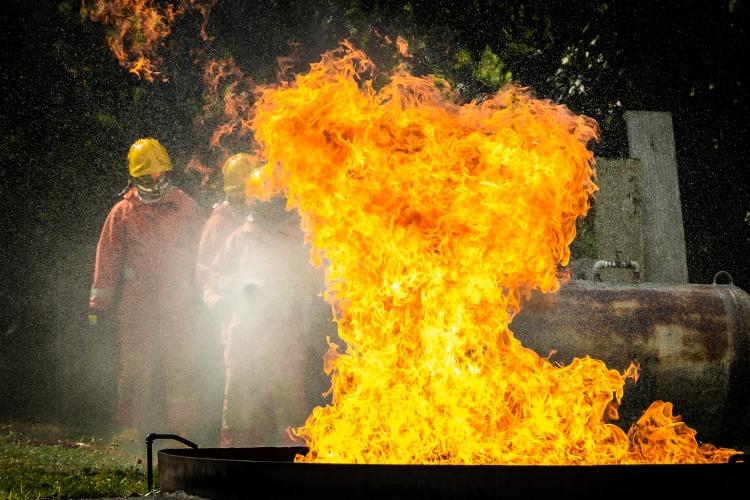Tips for Finding Reliable, High-Quality Flame Resistant Clothing
In the evolving field of safety apparel, advancements in technology and materials are constantly improving the protection and comfort offered to those working in hazardous environments. Yet, not every piece of flame-resistant clothing (FRC) meets the same standards of safety and quality. Certified and tested garments adhere to established safety codes, ensuring your personal protective equipment (PPE) provides the necessary defense against hazards. This guide will highlight key aspects of selecting superior FR clothing and the proper flame resistant clothing maintenance to extend its protective lifespan.
Steps to Selecting Superior Flame-Resistant Clothing
1. Understanding FR Clothing: Designed to protect against fire and extreme heat, FR clothing is essential for professions at risk of fire, explosions, or electrical hazards. FR materials either naturally resist ignition or are treated to extinguish flames once the ignition source is removed.
2. Material Types:
Inherently fire-resistant: Materials like wool, silk, nylon, and polyester naturally resist fire.
Chemically treated: Fabrics such as linen and cotton are treated to acquire fire-resistant properties.
Addressing Toxicity Concerns
Questions often arise about the toxicity of flame-resistant materials, particularly those treated with brominated flame retardants (BFRs). Despite their effectiveness and low cost, some BFRs have been discontinued due to health risks. Notably, Tris-BP, once used in children's clothing, was banned due to its potential for causing mutations and kidney damage.
Verifying Compliance and Certification
1. NFPA 2112 Compliance: Ensure the garment states, "This clothing item meets the requirements of NFPA® 2112-2018," indicating it adheres to key safety standards.
2. Third-Party Certification: Look for garments endorsed by independent certifiers, confirming they meet specific safety, quality, and performance standards without bias.
Evaluating Fabric Choices
While some natural fabrics are prone to ignition, chemical treatments can endow them with flame-resistant qualities. However, these treatments may degrade over time or pose environmental risks due to the effluents produced.
Conclusion
Organizations bear the responsibility of sourcing durable, safe, and compliant FR clothing that not only lasts but also safeguards the wearer. Beyond the criteria listed, it's essential to ensure the clothing aligns with ASTM standards, which define performance requirements for FR wear in environments prone to industrial fires or hazards.

